Gloam is a 2-10 player cross-platform battle royale upon which I worked as an artist and integrator. Due to some tragic circumstances, it never left Early Access, but it was well on the way to becoming a fun and engaging multiplayer experience.
I played an integral role creating practically every visual aspect of the game, from designing characters, animations, and mini-games to creating VFX, UI elements, and the game’s logo. I even put together the Early Access trailer!
Character Design & Animation
There were a few requirements for the character design. The first was that the game was to be non-violent as the players battle each other by completing puzzle-like tasks. Therefore, I wanted the characters to be quite friendly-looking. Secondly, the game takes place in a haunted mansion and needed to fit with this aesthetic. And lastly, for gameplay reasons, they all had to be light-emitting objects.
Therefore, I chose to create the three characters presented here: a chubby little candle, an old lightbulb, and an abandoned flashlight.

I modeled, rigged, and animated the characters in Blender while using Substance Painter for the texture work. I then set up the shaders using Unity’s Shader Graph, exposing a variable that our developer could use to control the emissive qualities of each character.
Mini-Game Design & Integration
Over the course of my time working on Gloam, I designed 9 mini-games, taking them each from a rudimentary sketch to a visually polished and playable experience. They had to be simple to fit into a 20-second time frame while also being challenging enough to be fun.
Generally, I would sketch out my rough ideas for these mini-games, validate the gameplay idea with the team, and then proceed to modeling the required elements in Blender.
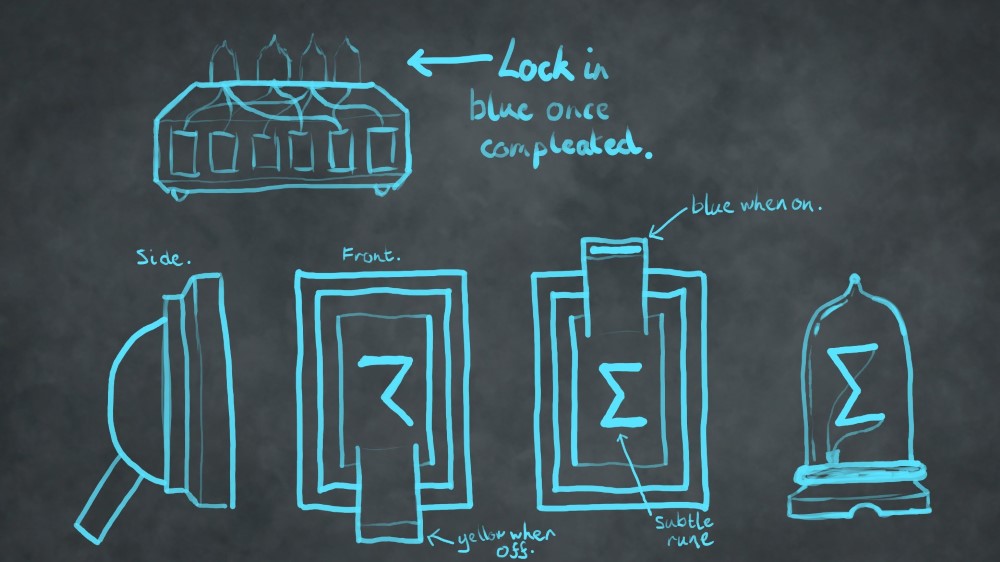
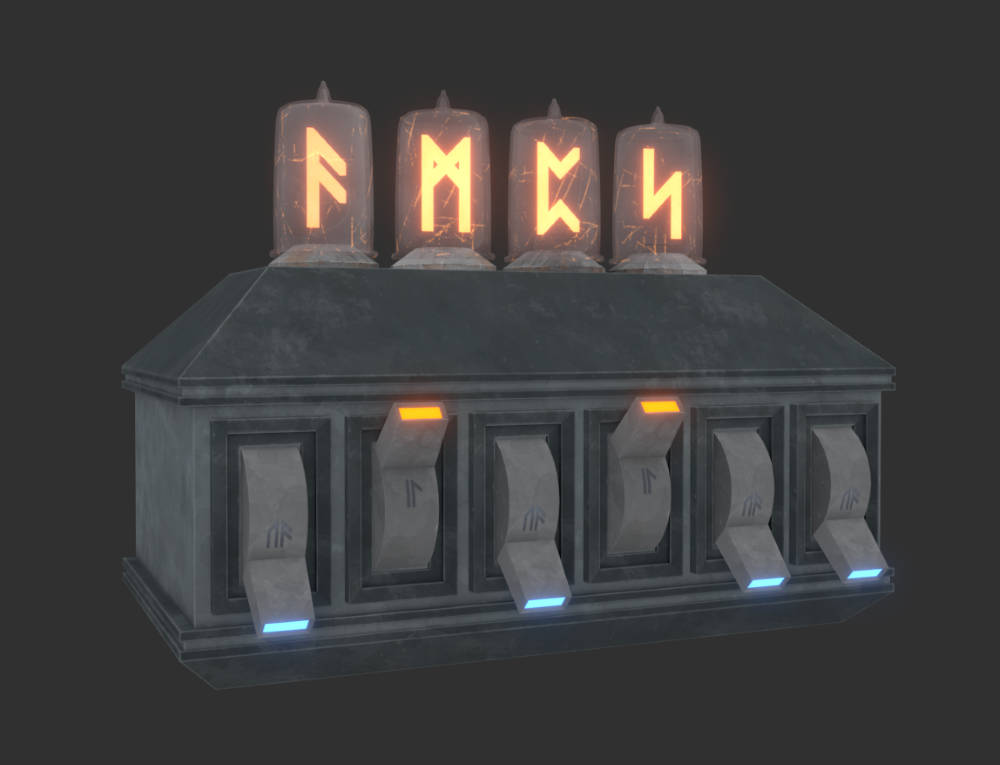
After validation I would integrate the models, materials, and textures into Unity and create the shaders, VFX, and animations required to get the mini-game working.
Level Design & Art Direction
I designed the game’s arena to resemble a mysterious abandoned manoir with a large central crypt and plenty of labyrinthine corridors around the outer areas. This gives players lots of opportunities to think about their movement, either to corner another player or to outsmart a pursuer and escape.
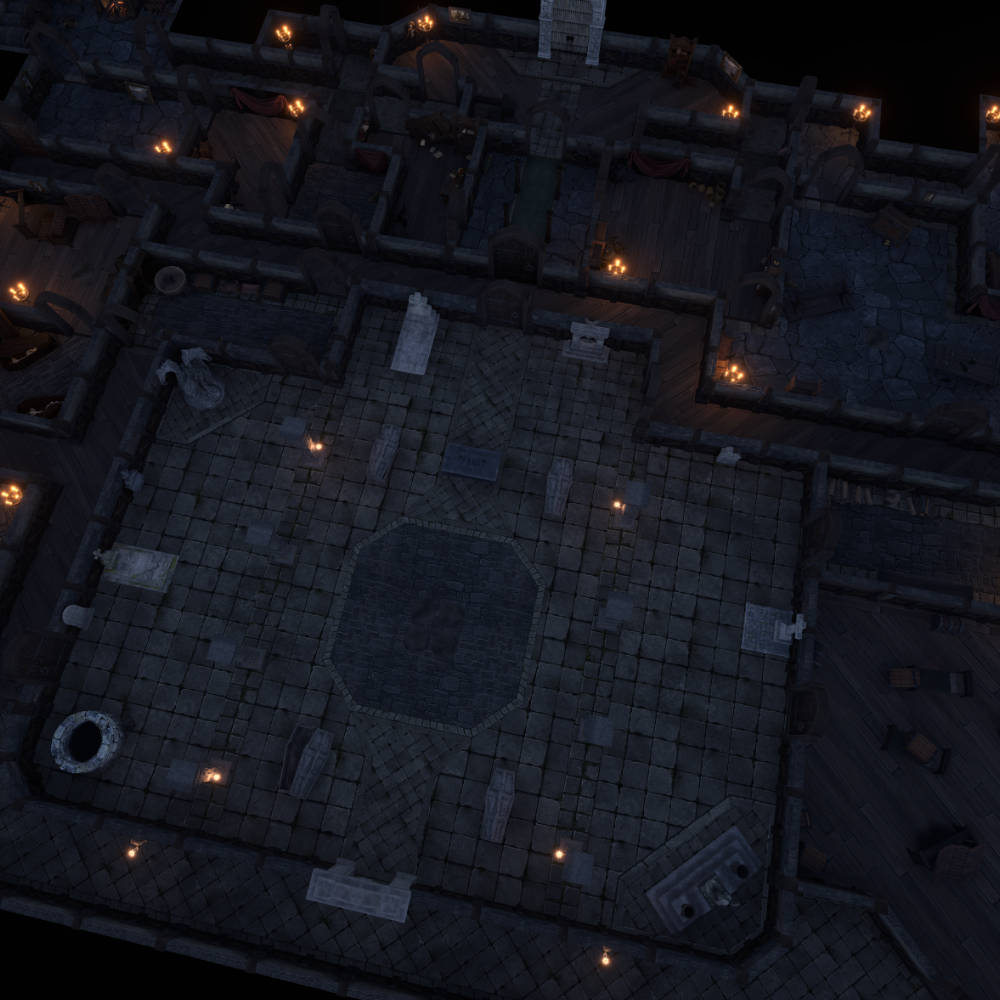
The mini-games were designed to fit with this environment. Some of them taking place directly in the scene, some resembling curious objects that seemingly could have been plucked right out of the manoir, and others made to look like ancient rune-covered artefacts from a lost time.
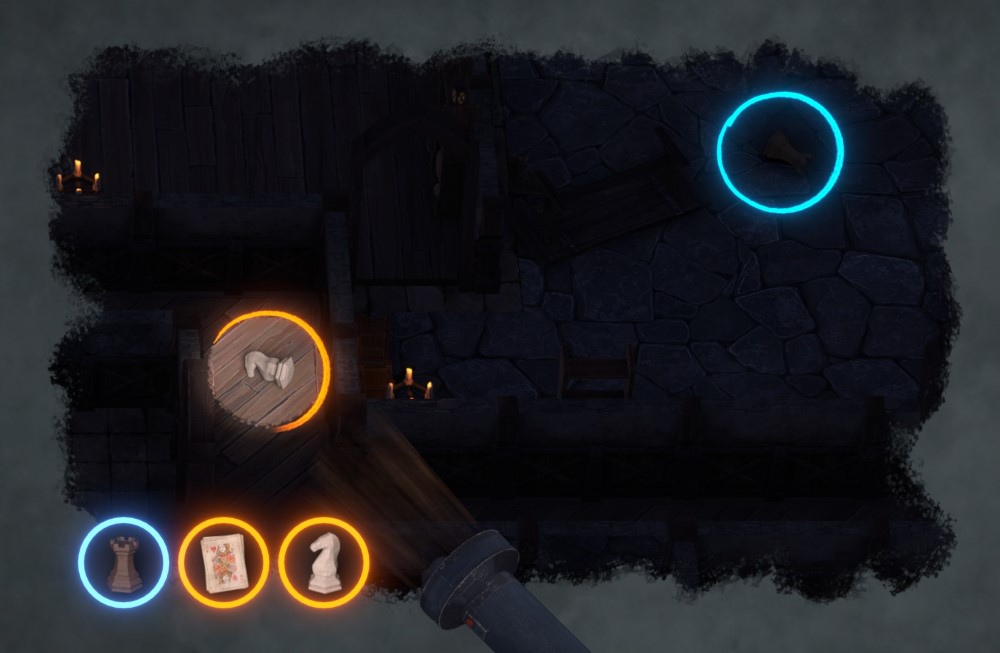

When models were sourced from asset packs for decorative use in the scene, it was my job to check them for quality assurance and make any stylistic or technical modifications before importing them into Unity.
Logo & UI

In Gloam, the ring of light surrounding each character plays a central role to the gameplay. If another player enters your ring of light, a duel commences. I designed the game’s logo with this in mind, placing the default character, a candle, inside the letter “O” and surrounding it with light while keeping the rest of the letters in darkness.
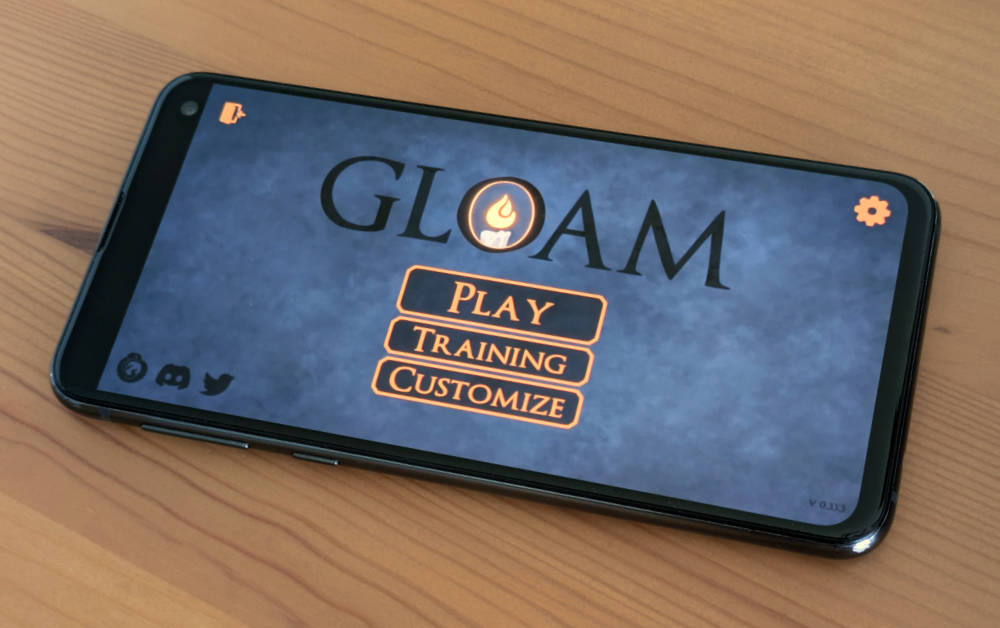
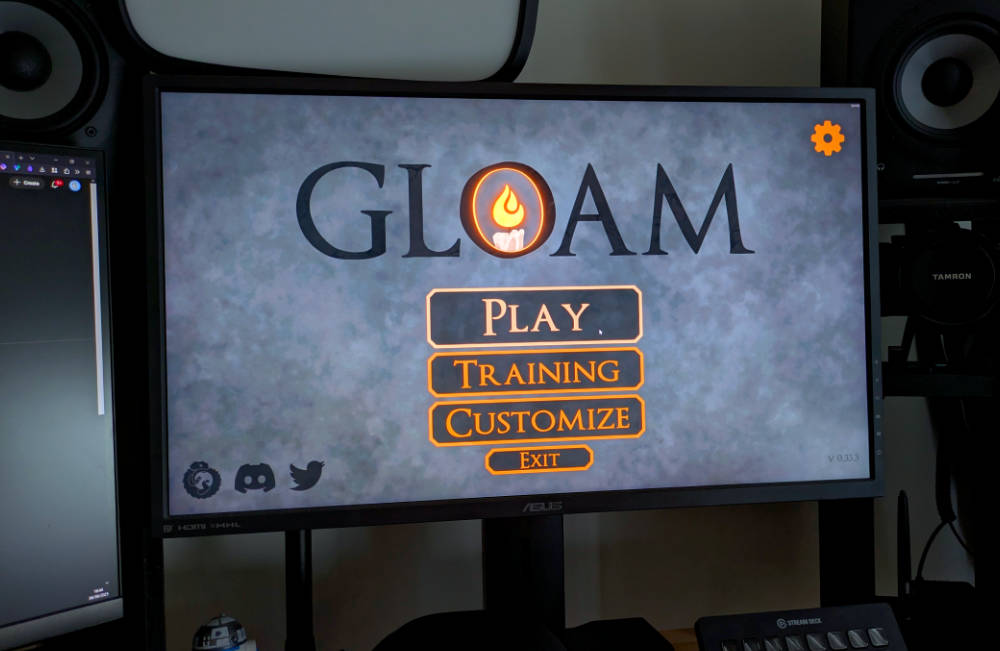
There were a few main considerations for the design of the UI, the main one being that it had to be as confortable to navigate on mobile as on desktop, and also that it needed to be easy to modify in-engine as we were pushing updates to the game on a regular basis.
Menus
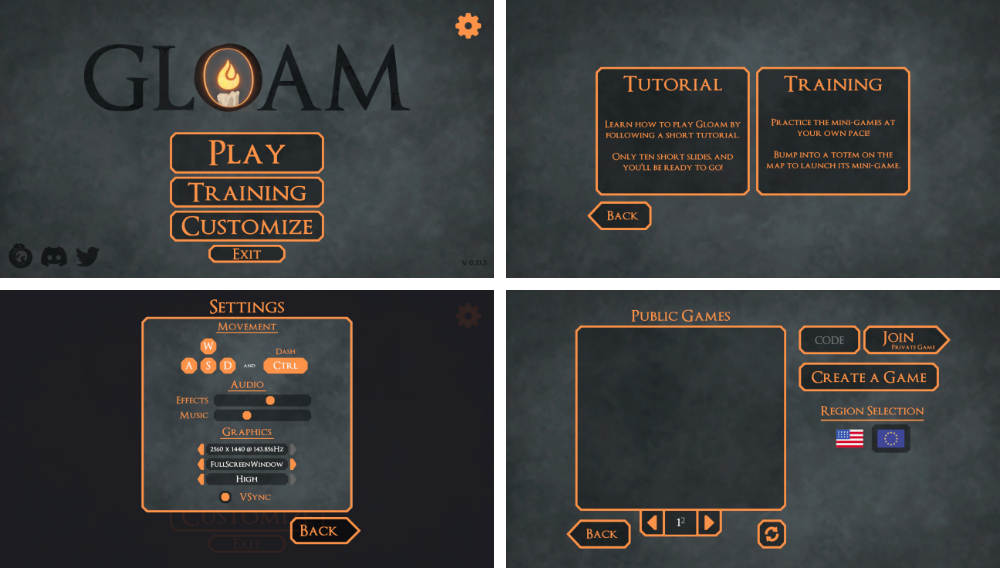
I designed the whole UI using Illustrator and then integrated the elements into Unity, making frequent use of the 9-slice UI object for buttons, window outlines, and text boxes, allowing for easy recallability and adjustments.
Custom Emojis
Adding emotes to the game was important, as it allowed non-verbal communication between players and a fun way to express delight or anger from winning or losing a duel.
![]()
I designed the emoticons in Illustrator, animated them using After Effects, and then compiled the still frames into a sprite sheet, allowing for easy playback inside the Unity scene. In total I designed and animated 8 emojis for this project.
Steam Page & Trailer
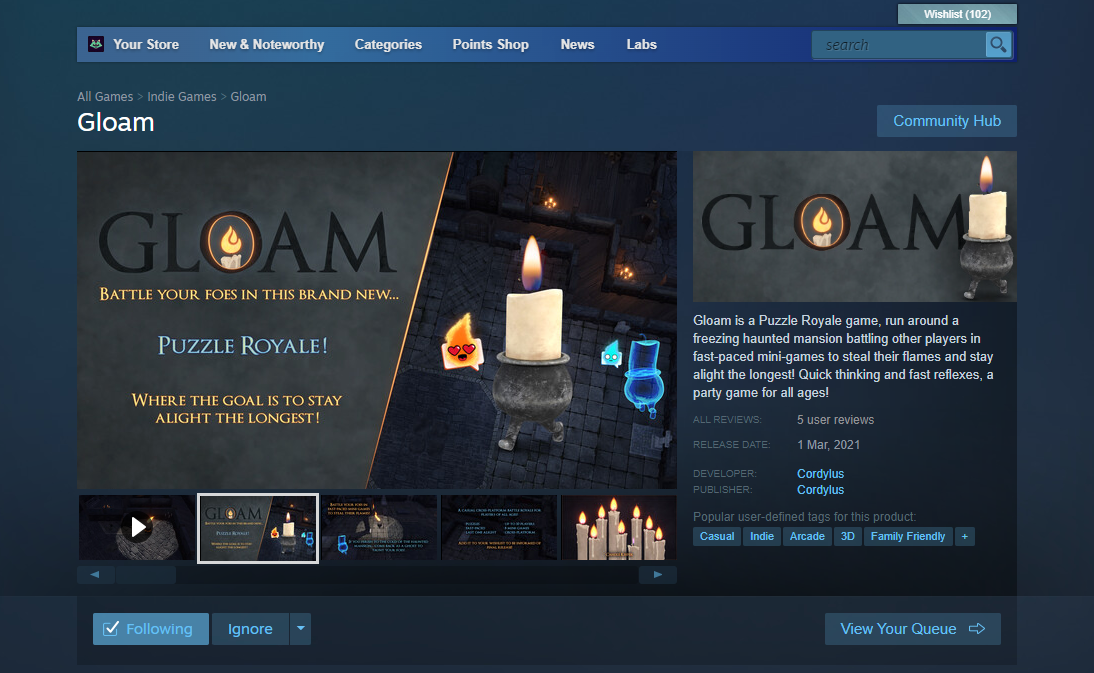
During development, I was regularly assigned the task of updating the Steam Store visuals in both English and French. A great-looking Steam page is essential to a game’s success, as it leads to more players adding the game to their wishlist and therefore being informed the second it is released.
Editing the trailer for the Early Access version of Gloam was a fun challenge. I created all the motion design elements inside of Davinci Resolve’s node-based Fusion workflow, taking care to match the look with the vibe of the game.
